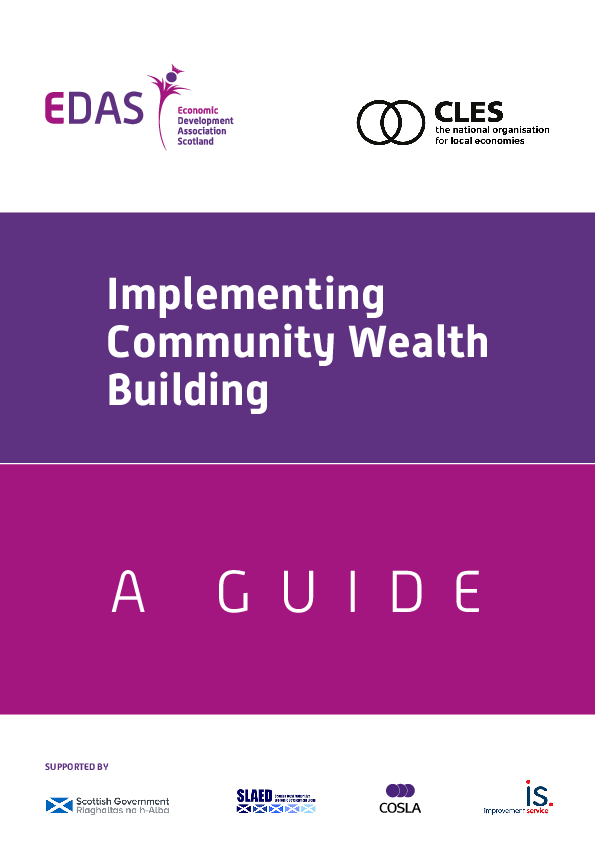Putting the community in community wealth building
Last week I had the honour of delivering the opening keynote presentation at the Third Sector Interface Scotland (TSI) Network conference. This was their first in person conference since before the onset of Covid-19, and the magnitude of the many challenges the third sector in Scotland has faced in recent years was never far from my mind throughout the day.
The legacy of harsh austerity policies, a global pandemic and continued economic uncertainty (globally and closer to home as we have seen with the recent Scottish political upheaval) have all tested our communities’ resilience in ways we’ve never known before. But what was heartening to hear from delegates at the conference was how the third sector has continually risen to these various challenges.
“a large and significant economic force”
At the height of the pandemic, the TSI Network was able to support the third sector as it responded, at pace, to the difficult conditions which were faced in our places. This raised the profile of the sector, with local groups, with their unique insights into local conditions, on hand to mobilise and deliver services where the public sector struggled to reach. Beyond the exceptional circumstances of the pandemic, recent research has shown the significant impact the third sector has on the Scottish economy overall, in terms of employment, volunteering and economic spend. With income generated totalling over £8.5bn per annum, the sector is a large and significant economic force in the Scottish economy.








